Vatican Museums In Vatican-City: Overview,Prominent Features,History,Interesting facts
Overview:
The Vatican Museums are a collection of some of the world's most important and influential works of art. The collections are spread across fifty galleries, over 9 miles long. They include works from many of the world's greatest artists from the classical period until the present day. The Museums also house the Sistine Chapel, a spectacularly decorated chapel built in the 15th century as part of the Vatican Palace. The Chapel is one of the most popular tourist attractions in Rome, and an important symbol of the Vatican's power and influence. Its ceiling was famously decorated by Michelangelo and is renowned for its beauty. Other highlights of the Vatican Museums include the Pinacoteca Vaticana, which contains a large collection of paintings, sculptures, and other works of art, and the Bramante Loggia, an outdoor terrace with views over the Vatican courtyard. You can learn history, culture, and heritage through these magnificent monuments in Vatican-City
Prominent Features:
1. Sistine Chapel: The Sistine Chapel is a chapel in the Apostolic Palace in the Vatican City that is renowned for its Renaissance art, notably the ceiling frescoed with Michelangelo's famous painting of the Creation of Adam. 2. St. Peter’s Basilica: St. Peter’s Basilica is the largest Christian church in the world. It is one of the holiest sites in Christianity and is the site of Roman Catholic papal ceremonies, including Pope Francis' election in 2013. 3. The Raphael Rooms: The Raphael Rooms are a suite of papal reception rooms, including the Stanza della Segnatura, created between 1509 and 1517 by Raphael and other artists in the Vatican City. 4. Pinecone Courtyard: The Pinecone Courtyard is part of the Vatican Museums, located adjacent to the Sistine Chapel. This courtyard is filled with ancient sculptures depicting gods, goddesses, and biblical scenes. 5. Belvedere Courtyard: The Belvedere Court is a 16th-century courtyard, designed by the architect Donato Bramante and located in the Vatican Museums. It is a grand and ornate structure, featuring a dome, two rows of columns, and a hieroglyphic frieze around the walls. This national monument of Vatican-City portrays the history and culture of the country.
History:
The Vatican Museums have a history of over 500 years that begins with the opening to the public of the Belvedere Court, now the third and smallest of the Vatican Courtyards. This courtyard, and its monumental stair, was built in 1505–1508 during the pontificate of Julius II to house his grand antique sculptures. The independent growth of the Vatican collection of antiquities began during the Age of the Renaissance, which was in 15th century. In those days, antique sculpture was highly prized, and the popes were willing to use these collections as diplomatic gifts. To this end, a selection of ancient sculpture was gathered and placed in what is now known as the Pio-Clementino Museum. In the seventeenth century, Urban VIII established a museum to house his collection of ancient coins and medals, thus giving origin to the Numismatic Collection. The period between 1854 and 1929—commonly referred to as the era of Leo XIII and Pius XI—was particularly important. This period was marked by a great expansion of the Greek and Roman collections, as well as of the picture galleries. It was during this time that the Vatican Museums acquired works such as the Apollo Belvedere from the Imperial collection, the Sistine Madonna from the Barberini collection in Dresden, and works of Raphael from the Villa Borghese. During the post-war period, a major project of expansion and reorganization of the collections was undertaken. This project has resulted in the creation of a new Sistine Hall with greater security protection and climate control, and the restoration of the Gregorian Profane Museum and the Gregorian Etruscan Museum. In the year 2000, Pope John Paul II announced the project to open a cultural center, the Vaticano Musivo, in order to create a tour of the vast collections of the Vatican. This center is now open to the public. In 2008, the first exhibition of the newly restored Sistine Hall was opened. This event marked the end of the restoration of the Vatican's paintings and sculptures, which had been going on since 1998. You must visit one of these historical places in Vatican-City on your Vatican-City tour
Interesting facts:
1. The Vatican Museums are the world’s largest museum complex, with 54 galleries, 9 miles of corridors, and 70,000 works of art. 2. The museum complex incorporates several buildings, including the Museo Storico, the Vatican Picture Gallery, the Pinacoteca, the Egyptian Museum, and the Imperial Roman Forum and Palatine. 3. The Vatican Museums contain some of the world’s most famous masterpieces, such as Michelangelo’s frescoes in the Sistine Chapel and the statue of Laocoön in the Belvedere Courtyard. 4. The museums also house the world’s oldest functioning astronomy observatory, the Tower of the Winds, as well as numerous ancient Roman bronze and stone sculptures. 5. The collection was officially opened to the public by Pope Julius II in 1506. 6. The museum complex is often visited by more than 5 million people each year. 7. The Vatican museums are the fifth-most visited art museums in the world, after the Louvre in Paris, the Metropolitan Museum of Art in New York City, the British Museum in London, and the Musée d'Orsay in Paris. Visit one of the famous monuments of Vatican-City with your friends and family.
Explore Vatican-City most popular tourist destination with us. Vatican Museums In Vatican-City: Overview,Prominent Features,History,Interesting facts,which is 35.14 km away from Vatican-City main town, is the most popular destination to add in your travel wishlist.
-
City:
Vatican-City
-
state:
Vatican Museums
-
country:
Vatican-City
-
country code:
VA
-
postcode:
00120
Location:
Vatican Museums Vatican-City
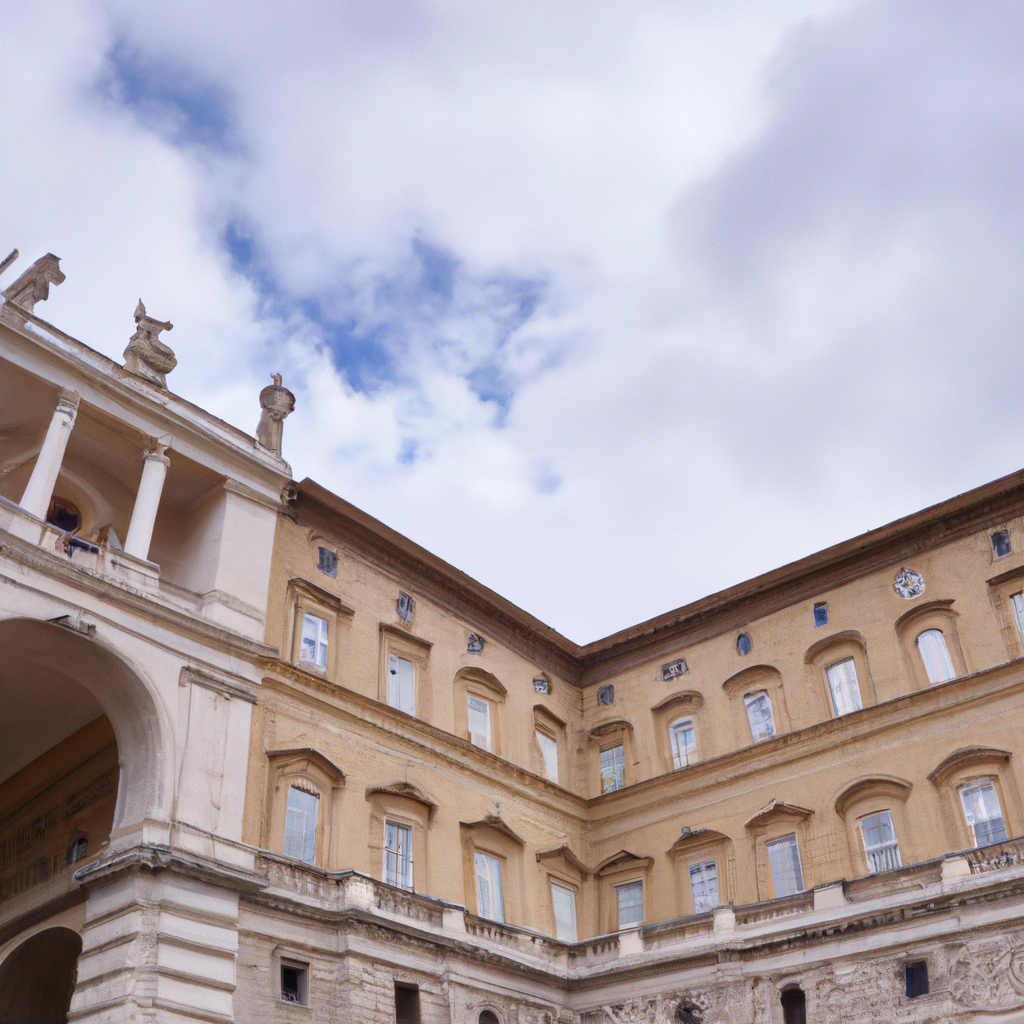

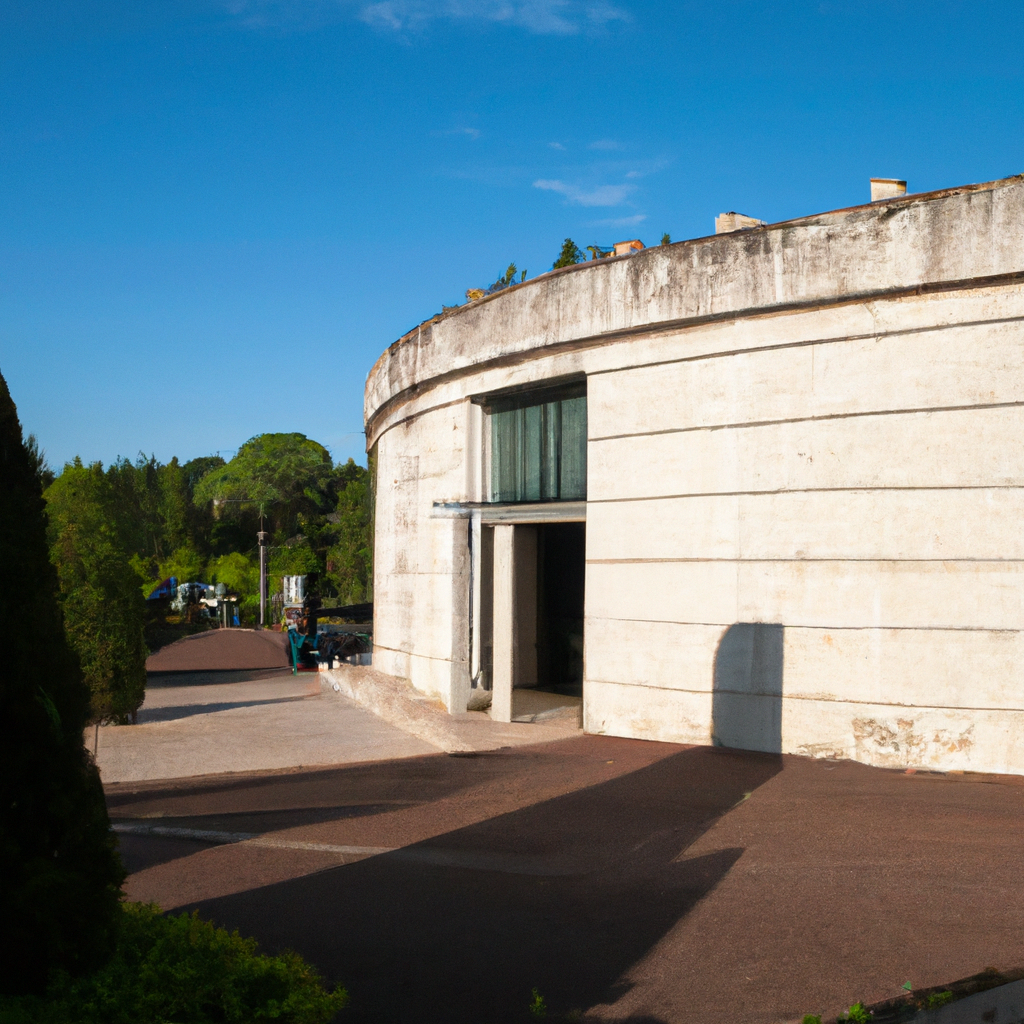
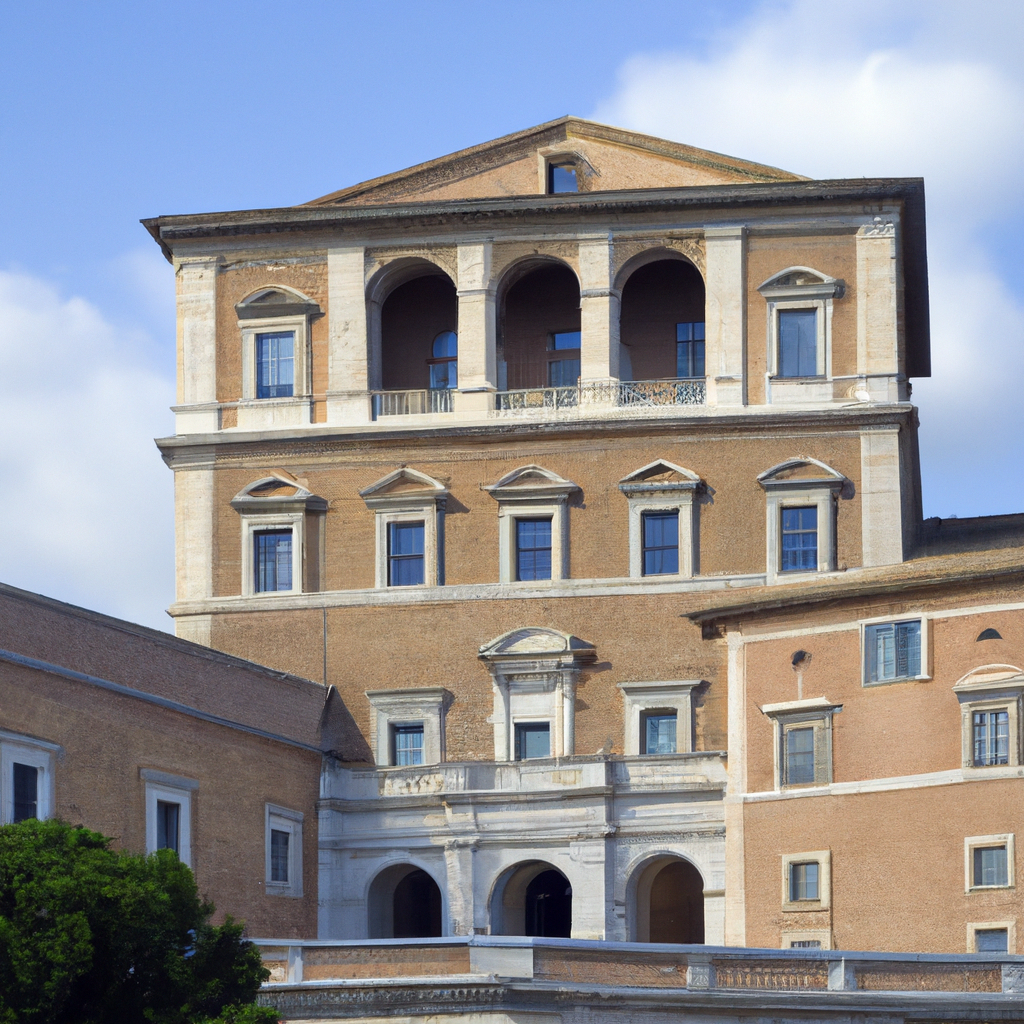
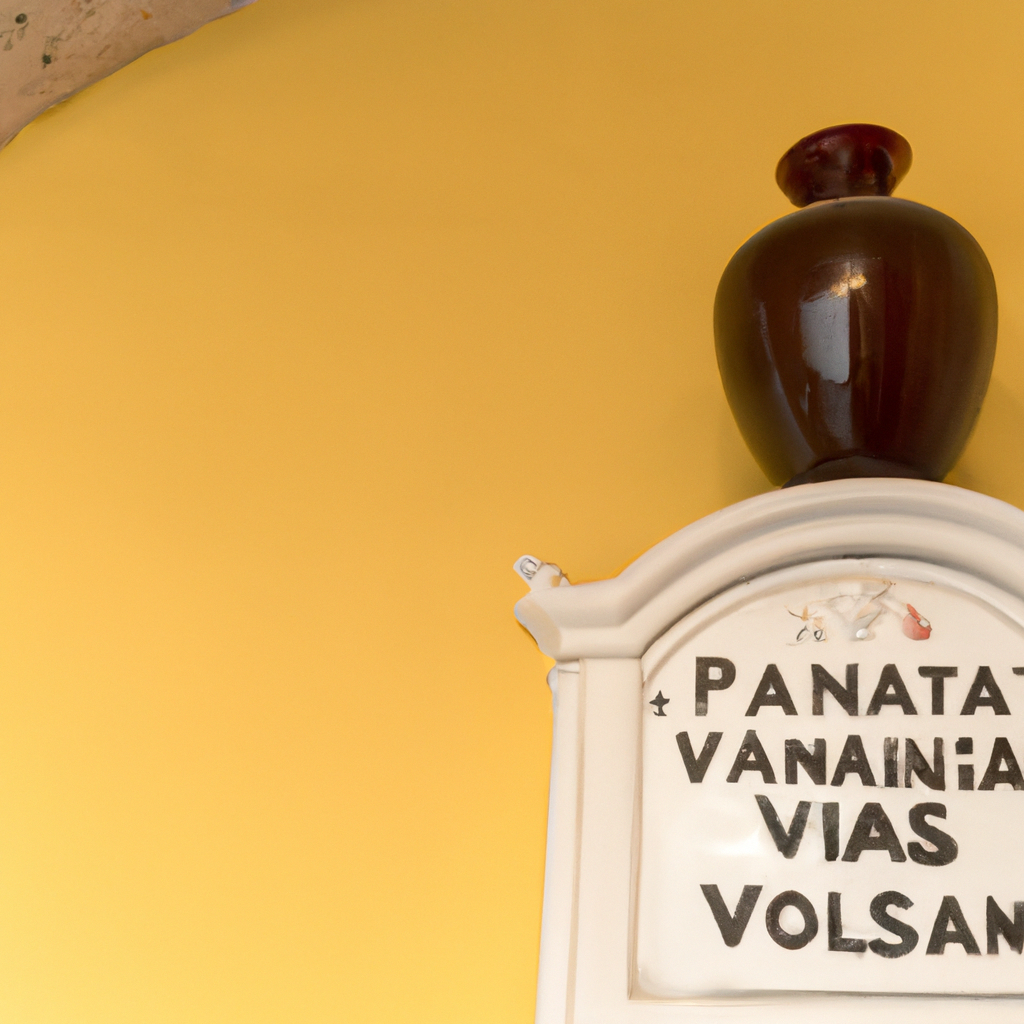
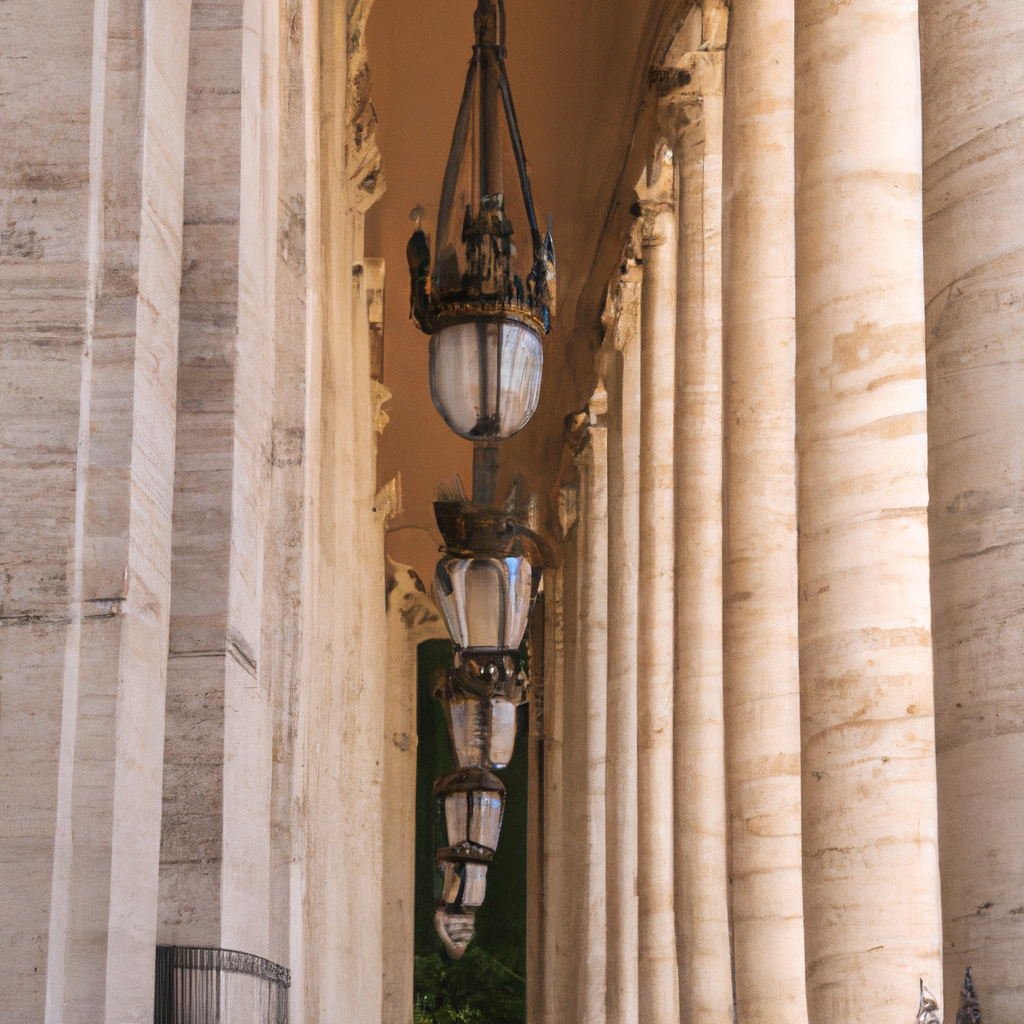
 In Vatican-City.png)






